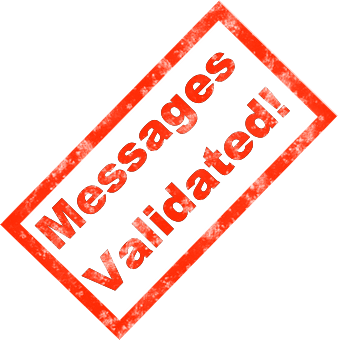 Here are three simple steps you can take to validate the messages inside your Message House:
Here are three simple steps you can take to validate the messages inside your Message House:
1) Short
Try to keep each message to fewer than a dozen words. It’s not always possible, but something to strive for.
Short messages have more punch. They’re easier to remember. They are more attractive to use.
Beyond the project at hand, keeping the messages short will (within your organization) brand the “Message House” as “doable”. This will help you turn Message Houses into an organizational habit (one of the most systemic and transformative contributions a communications practitioner can make to an organisation).
Please remember: The Message House is not your only communications tool; it’s the source or starting point that all other materials flow from. Also use ancillary documents, such as proof points, answers to likely questions, and fact sheets. This will enable you to keep your Message House focused and tight.
2) Clear
Your messages should be clear, using a plain-speaking style because that will maximize the number of people who will understand and remember them. If possible, avoid inside-lingo and jargon that only certain audiences will understand. The same goes for fancy Greek or Latin-based words with many syllables. Instead use short Anglo-Saxon words (for instance, instead of “alleviate” use “ease”). Beware of buzzwords such as “leverage” and “return-on-investment”. Also avoid crowding your messages with numbers or with names that don’t mean anything to anybody (household names such as “Bill Clinton” are OK).
The clearer and plainer your messages, the stronger they are.
3) Tested
Lastly, make sure your messages are tested. You don’t have to gather a proper focus group to do this. Ideally, show your messages at least to two or three people representing your target audience. If, for whatever reason, that’s a challenge show them at least to *someone* outside your team. There’s nothing like another pair of eyes or ears to help you realize where a message can be improved. Talking of ears: if you don’t have anyone to test your messages with (say, because there is no time), then do at least this: Record them (for instance, using an audio recording app on your smartphone), and listen to them yourself. This simple trick will create a kind of third-person distance that will almost always help you recognize possibilities for improving your messages (the same approach works for any kind of text, especially those meant to be read, such as scripts and speeches).
In summary: Before you use your Message House, make sure its messages are short, clear and tested.
